D-mannose is epimeric wtih D-glucose at . Which of the following structure represents - D - mannopyranose?
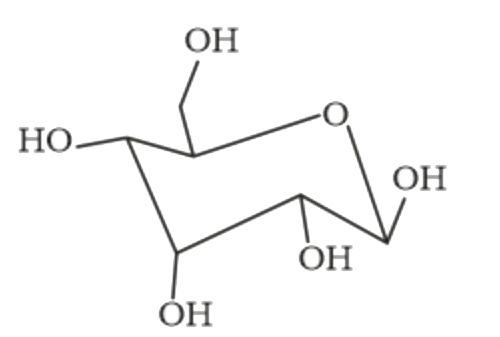
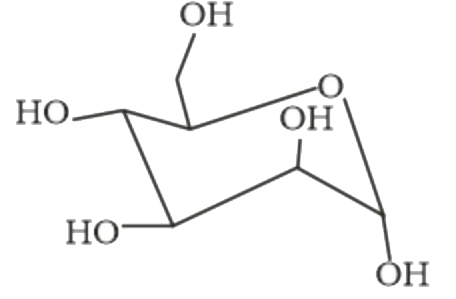

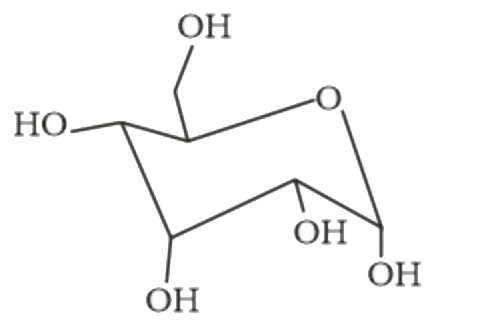
The correct Answer is:C
To determine which structure represents β-D-mannopyranose, we need to follow these steps:
Step 1: Understand the Structure of D-Mannose
D-Mannose is an aldohexose sugar that has the following structure:
- It has six carbon atoms (C1 to C6).
- The hydroxyl groups (OH) are attached to the carbon atoms, with the configuration being specific to D-mannose.
Step 2: Identify the Epimeric Relationship
D-Mannose is an epimer of D-Glucose at C2. This means that the configuration (the arrangement of atoms) at the second carbon (C2) is different between D-mannose and D-glucose:
- In D-mannose, the hydroxyl group (OH) at C2 is on the left side in the Fischer projection.
- In D-glucose, the hydroxyl group at C2 is on the right side in the Fischer projection.
Step 3: Draw the Fischer Projection of D-Mannose
The Fischer projection of D-mannose can be drawn as follows:
CHO|H−C−OH|HO−C−H|H−C−OH|CH2OH
Step 4: Convert to the Pyranose Form
To convert D-mannose into its cyclic form (pyranose), we need to form a six-membered ring:
1. The carbonyl carbon (C1) reacts with the hydroxyl group on C5.
2. This forms a ring structure with one oxygen atom and five carbon atoms.
Step 5: Determine the Anomeric Configuration
In the cyclic form, the anomeric carbon is C1. For β-D-mannopyranose, the hydroxyl group on C1 must be positioned above the plane of the ring:
- If the OH group on C1 is above the ring, it is β-anomer.
- If it is below the ring, it is α-anomer.
Step 6: Finalize the Structure of β-D-Mannopyranose
The final structure of β-D-mannopyranose in the Haworth projection looks like this:
OHO−CC−H||H−C−OHC−H||H−C−OHCH2OH
Step 7: Identify the Correct Structure from Options
Now, we need to compare the drawn structure of β-D-mannopyranose with the given options:
- Look for the structure where:
- The OH group on C1 is above the ring.
- The OH group on C2 is below the ring.
After analyzing the options, the correct structure representing β-D-mannopyranose will be the one that matches these criteria.
D-Mannose is an aldohexose sugar that has the following structure:
- The hydroxyl groups (OH) are attached to the carbon atoms, with the configuration being specific to D-mannose.
D-Mannose is an epimer of D-Glucose at C2. This means that the configuration (the arrangement of atoms) at the second carbon (C2) is different between D-mannose and D-glucose:
- In D-glucose, the hydroxyl group at C2 is on the right side in the Fischer projection.
The Fischer projection of D-mannose can be drawn as follows:
To convert D-mannose into its cyclic form (pyranose), we need to form a six-membered ring:
2. This forms a ring structure with one oxygen atom and five carbon atoms.
In the cyclic form, the anomeric carbon is C1. For β-D-mannopyranose, the hydroxyl group on C1 must be positioned above the plane of the ring:
- If it is below the ring, it is α-anomer.
The final structure of β-D-mannopyranose in the Haworth projection looks like this:
Now, we need to compare the drawn structure of β-D-mannopyranose with the given options:
- The OH group on C1 is above the ring.
- The OH group on C2 is below the ring.
After analyzing the options, the correct structure representing β-D-mannopyranose will be the one that matches these criteria.
Topper's Solved these Questions
Similar Questions
Knowledge Check
Galactose is epimeric with glucose at C4. Which of the following structures represents β−D galactorpyronose?
A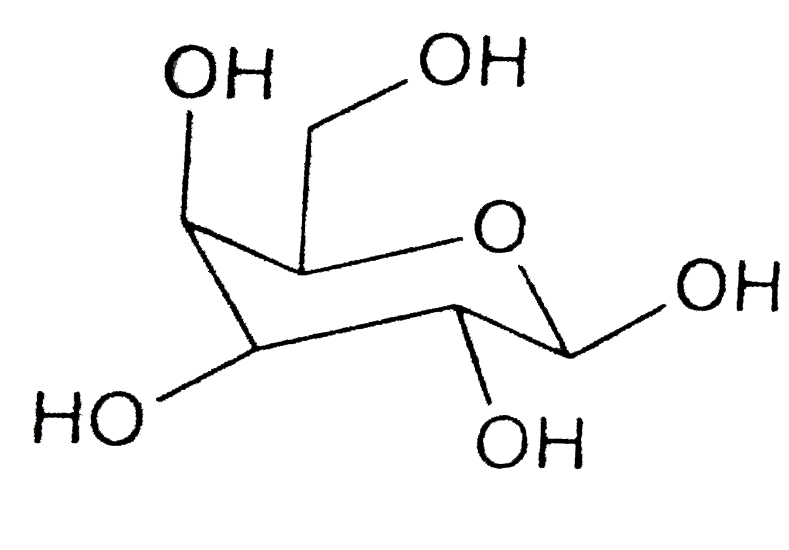 B
B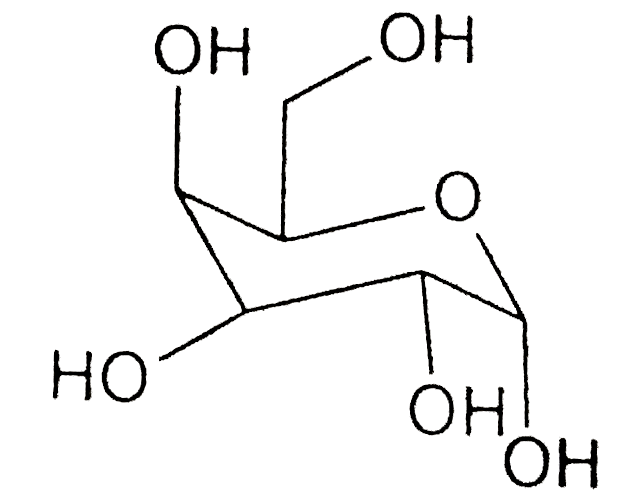 C
C D
D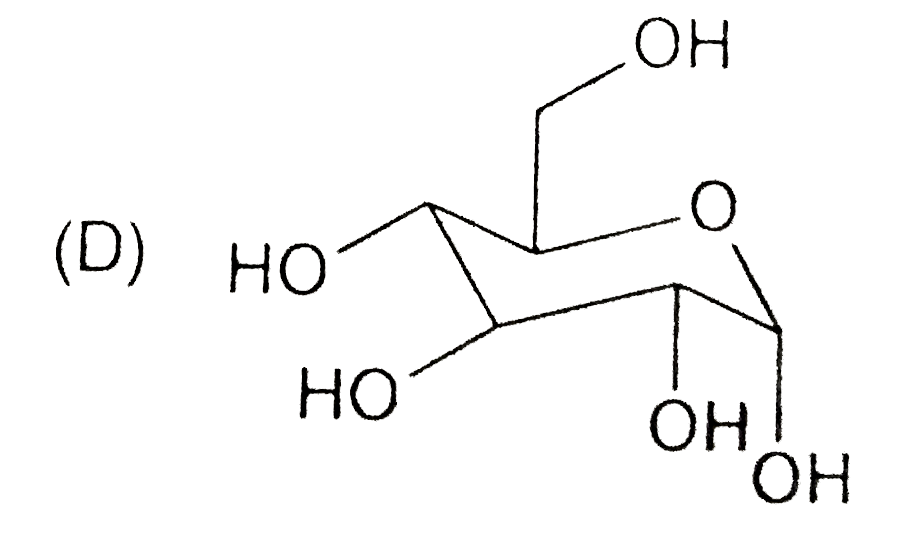
Which of the structure represent methyl α−D− galactopyranoside ?
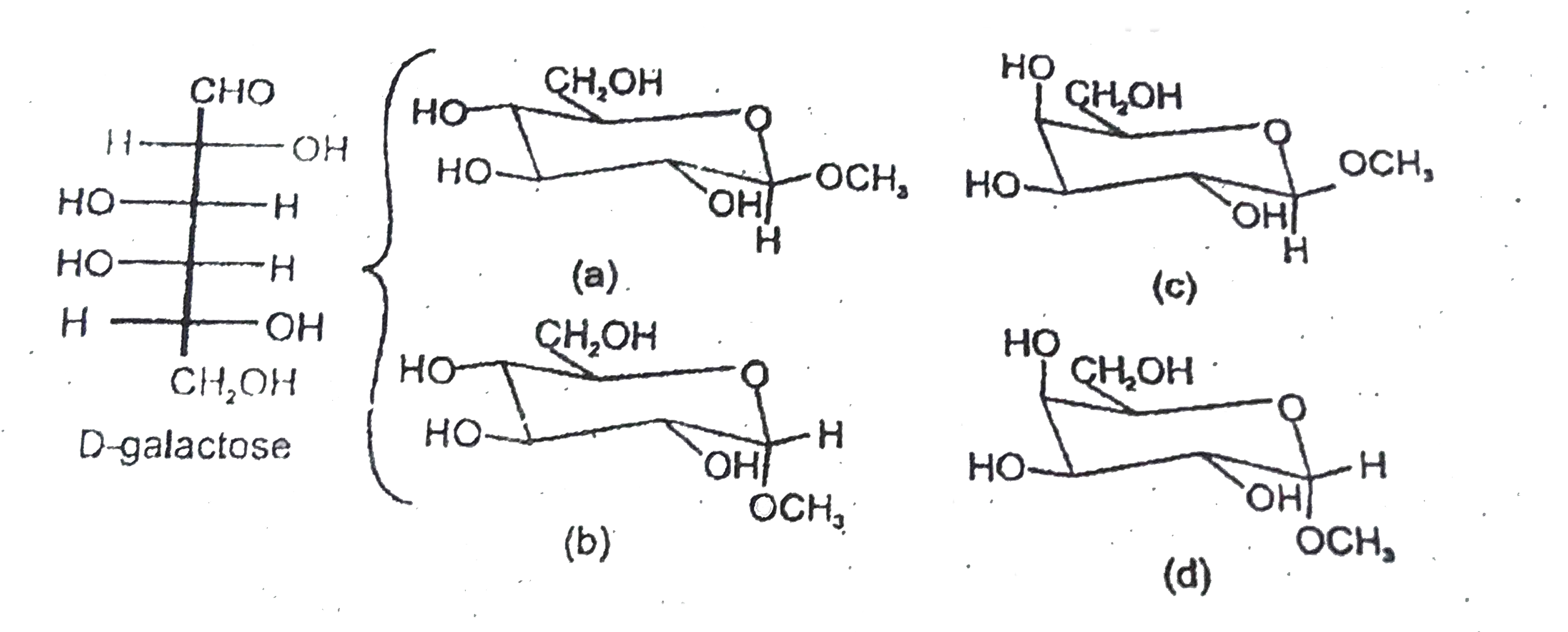 AaBbCcDd
AaBbCcDdC2 - epimer of D - Glucose is
AD - glucoseBD - alloseCD - altroseDD - mannose
Which of the following is the correct structure of D.D.T.?
View SolutionWhich of the following is the correct structure of D.D.T.?
View SolutionWhich of the following is C-2 epimer of D-Glucose?
View SolutionWhich of the following is the open-chain structure of D-glucose?
View SolutionWhich is correct structure of β−D-glucopyranose.
View Solution
